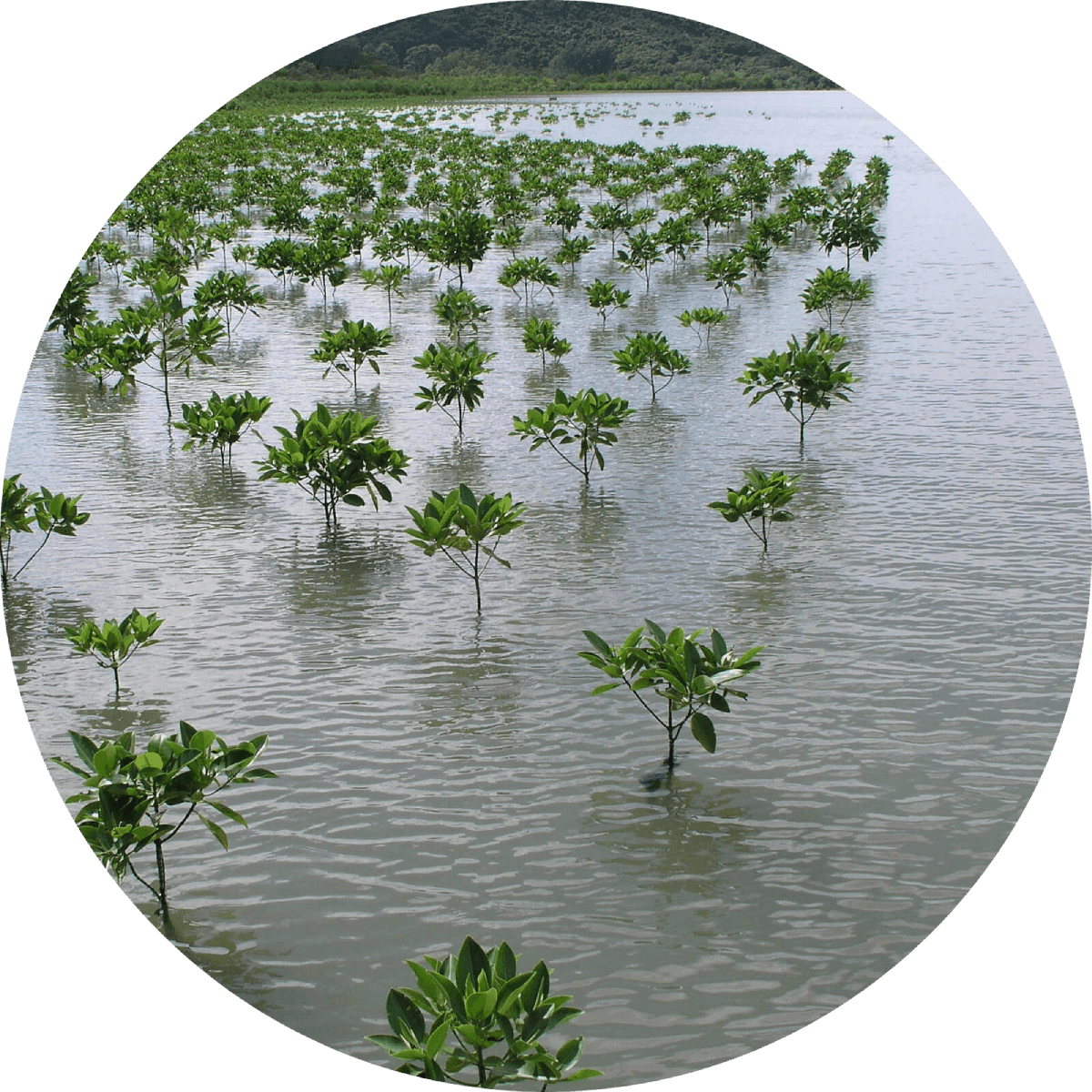"We're at converging crises in the American West, environmental and climate crises. We have many endangered plant and animal species. We have drought. We have wildfires. We just have a lot of different major issues going on. And by doing this type of a rewilding plan, we think that it would set up the West to be much more pristine and resilient with climate change and at the same time help biodiversity . . . [B]y felling trees and shrubs and constructing dams, beaver enrich fish habitat. They maintain water flows during the drought. They improve water quality and generally improves habitat for wildlife. And one thing that's interesting is that the ponds and wetlands constructed by beaver can serve as natural firebreaks.
"According to new research, beavers are among the world’s most effective practitioners of climate adaptation and resilience . . . Experts from the Northwest Fisheries Science Center and the California State University Channel Islands say that as droughts and floods become more acute with global warming, dam-building beavers are helping stave off the worst impacts by holding back essential water that otherwise would run off or dry up."
“Beavers are prominent in our village stories. He’s an architect, and they’ve gone through the same struggles against Europeans as us. The beavers were viewed as pests and driven off the land. We’re looking to bring the beaver back again, to help us manage the land like they used to.”
"One of the coolest things that I’ve seen as a wildlife biologist is a beaver’s ability to transform habitat in a way that benefits all other Western Washington species. . . The main focus of the project is to essentially use beavers as our partners in salmon restoration, and habitat creation. So we’re doing that because salmon are an incredibly important sustenance resource for the tribes in our wildlife program.”
"The Cowlitz Indian Tribe’s beaver re-establishment project got a federal boost this year, as the U.S. Fish and Wildlife Service chose the tribe as a 2020 Tribal Wildlife Grant recipient. . . [the grant] will allow the Tribe’s Natural Resources Department to survey habitat segments within the tributary sub-basins of the Lower Columbia River to help plan for strategic relocation of beaver into large areas of Southwest Washington. . . the Cowlitz Tribe has also worked with the Cascade Forest Conservancy to release beaver into the Gifford Pinchot National Forest."
"Beaver dams are gaining popularity as a low-tech, low-cost strategy to build climate resiliency at the landscape scale. They slow and store water that can be accessed by riparian vegetation during dry periods, effectively protecting riparian ecosystems from droughts. . . We found that beaver-dammed riparian corridors are relatively unaffected by wildfire when compared to similar riparian corridors without beaver damming. On average, the decrease in NDVI during fire in areas without beaver is 3.05 times as large as it is in areas with beaver. . . Thus, we conclude that, while beaver activity does not necessarily play a role in riparian vegetation post-fire resilience, it does play a significant role in riparian vegetation fire resistance and refugia creation."
"The Methow Valley is in central Washington on the east side of the Cascade Range. It’s a pretty dry place, with lots of wildfires. Snowpack and glacial melt from the Cascades is also declining, so water is critical. It’s one of the country’s largest apple- and hop-growing regions, a critical agricultural bread basket in the middle of Washington State. Inevitably, there are lots of beaver conflicts. Usually, the knee jerk reaction is to trap them out. But the Methow Project traps the beavers and relocates them to headwater streams on public lands high up in the mountains, thus getting them off private land. By building dams and creating ponds, they keep rivers and streams in Central Washington wet throughout the entire year. So beavers function as a climate adaptation strategy, compensating for the loss of snowpack and glacial melt."
“Once routinely trapped and shot as varmints . . . they are being welcomed into the landscape . . . Experts have long known of the potential for beaver dams to restore damaged landscapes, but in recent years the demand has grown so rapidly that government agencies are sponsoring a series of West Coast workshops and publishing a manual on how to attract beavers.”
“A plane of the State Fish and Game Department today parachuted beavers from an altitude of 200 feet into Idaho's primitive wilds. The department hoped the beavers would multiply and increase the fertility of the arid, sparsely populated land by building dams and spreading its small spring-fed lakes.”
“New Hampshire now boasts among its inhabitants at least four willing workers . . . thanks to the Society for Protection of New Hampshire Forests, Castor [castor canadensis] has returned and is establishing his tribe again on Lost River Reservation . . . Thanks to a new public spirit, a new illumination of the mind, we have, throughout all our mountain ranges, vast national forest reservations.”
“In 1900, a federal law was enacted with profound implications for wildlife law enforcement in all states. The Lacey Act, introduced by Rep. John Lacey of Iowa, made it a federal offense to transport across state lines any wildlife parts taken in violation of the state law where it was killed . . . and had the prompt effect of drastically curtailing illegal market hunting nationwide.”
“At the end of the nineteenth century, American wildlife agents began live-trapping beavers from isolated pockets and relocating them into their former habitats. No beavers had been seen in the State of Pennsylvania since 1903. Between 1915 and 1924, 47 pairs were imported. By 1934 those 94 beavers had become 15,000.”
“As to the ultimate destruction of the beaver no possible question can exist, and the evidences of approaching extermination can be seen only too plainly . . . where once the busy colony spent their happy domestic lives, no sign remains of all their wondrous toil.”
“Between 1853 and 1877, the Hudson's Bay Company, alone, shipped 3 million pelts to Europe . . . From the 1600s to the 1800s, the beautifully thick, water repellent beaver pelt was prized in Europe and America, especially in the making of tall, beaver felt hats.”


Learn about Maya Lin’s fifth and final memorial: a multi-platform science based artwork that presents an ecological history of our world - past, present, and future.

Discover ecological histories and stories of former abundance, loss, and recovery on the map of memory.

Learn how we can reduce our emissions and protect and restore species and habitats – around the world.

See how art can help us rethink the problems we face, and give us hope that each one of us can make a difference.

Help make a global memorial something personal and close to home. Share your stories of the natural world.